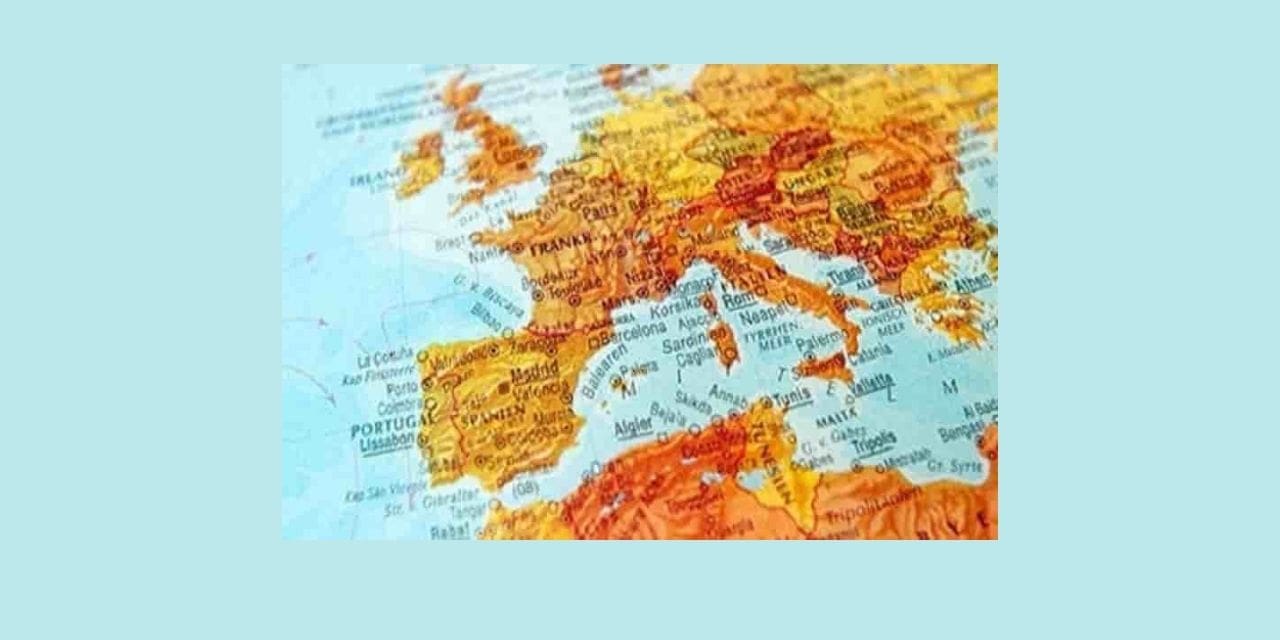The European Apparel and Textile Confederation (Euratex) is notifying the current energy crisis is impacting the competitiveness of the European textile and apparel industry. Pigment dispersion – Recycled plastic
Euratex has issued an alert that due to limited alternatives to the use of gas in different parts of the production process, production costs are set to increase sharply and has asked the European Commission and member states to support the industry to avoid company closures.
The industry needs a safe supply with sufficient green energy (electricity and gas) at internationally competitive prices, Euratex says, and EU-policy should support solutions such as targeted subsidies for hydrogen, energy grids, research and development, and technology roadmap studies.
The warning sits alongside Euratex’s new white paper called ‘Ten Steps Towards Climate Neutrality, which was presented to Kadri Simson, European commissioner for energy. The paper outlines the steps Euratex says are necessary for its long-term vision – to move towards climate neutrality while keeping the textile and clothing industry internationally competitive. Pigment dispersion – Recycled plastic
Euratex explains the textile and apparel industry, which employs 1.47m workers and with over EUR53bn (US$59.7bn) of exports, is an essential part of many local economies across many EU regions.
The paper states that over the past 20 years the European textile industry has reduced its fossil fuel-based energy intensity by more than 60% and is committed to further decarbonise. However, a further transformation to a low-carbon textile industry will largely depend on new breakthrough technologies for the existing processes.
This transformation needs to be considered in a broader global environment, the paper goes on to explain, in which the European textile industry operates and solutions have to be found which take into account the international competitiveness of the industry.

